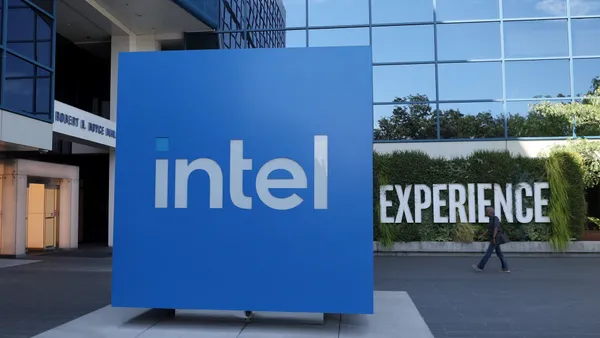As large consumers of energy, power and water, manufacturers face high expectations to decarbonize – and growing pressure to lead. This is no easy feat for a sector - defined as those who produce the goods and raw materials we use every day - that ranks as the third largest contributor to U.S. GHG emissions, behind the transportation and electric power sectors. And with considerable consumption comes considerable decarbonization challenges.
One such challenge is energy cost uncertainty and potentially limited access to alternative fuels, both influenced by geopolitical issues. Additionally, emergent technologies may not be mature enough to justify investment, or the alternative technology is limited in delivering on needed applications. Then there’s the people aspect: corporate leaders and site-level operators continue to find alignment challenges as they balance sustainability goals with operational needs. And finally, the large capital investment can be a struggle in a sector with typically low margins and mindset more focused on ROI than total cost of ownership (TCO).
According to ENGIE Impact’s Net Zero Report, 75% of respondents said they have achieved most of the ‘quick wins’ in their decarbonization plan and have now switched focus to tackle the harder to address challenges. How can companies in such a critical and complex sector begin to take these on? Four major lessons have emerged to support manufacturers’ efforts to implement their Net Zero strategy.
Creating Comprehensive, Integrated Decarbonization Solutions
Seemingly obvious, the challenge lies in making decarbonization solutions organizationally “comprehensive” and “integrated.” First, it’s helpful to identify the pitfalls that can make this a challenge, such as isolated actions that appear to be quick wins - creating an illusion of progress without considering the long-term trajectory. Or emerging technologies are not considered which can result in locking a manufacturer into long-term emissions that could have been avoided.
To combat these challenges, ensure your strategy includes securing broad stakeholder alignment early, developing a roadmap that aligns with near and long-term capital asset replacements and upgrades, and considering optionality to stay agile with the emergence of new technology.
Reducing Energy to Reduce Overall Emissions
Reducing overall energy use is primarily a cost-reduction effort, but it can be an integral decarbonization lever as well. However, the scale of potential gains can vary based on facility age, asset condition, industry type and current energy management practices.
Reducing final energy demand can be addressed through both technical solutions and employee awareness to drive behavioral change but decarbonizing your operations requires transformational change. Consider new ways of employee engagement, like training programs that bring executives, the sustainability team and plant and facilities managers together to co-create solutions that both identify decarbonization levers and opportunities for physical assets within the portfolio. Work together to prioritize projects both at single sites and across sites, and set the stage for concrete, actionable implementation sequencing.
Decarbonizing Heat to Reduce Scope 1 Manufacturing Emissions
The list of difficulties in decarbonizing heat is exhaustive: the need for multiple temperature requirements, compatibility with process and reactor, operational and commercial risk for implementing a new asset are just a few. But there are popular options that can deliver on heat decarbonization. Electrification and industrial heat pumps are maturing tech that can support hot water and low-temperature steam applications. Solar thermal can be attractive with its limited maintenance and estimated 20–25-year life expectancy. To decide what’s right for your organization, start with a thorough techno-economic assessment that considers sourcing availability per location, regulatory constraints, commodity prices and scarcity, physical constraints like asset size and space, and technical and operational requirements.
Building A Strategic Approach to Renewable Electricity
Companies have several options for procuring renewable electricity at scale, including energy attribute certificates, green retail products, power purchase agreements, and on-site solar PV/wind installations, all defined in our Manufacturing Guidebook. How should manufacturers evaluate these options? Criteria should include:
- Feasibility. Geographic location, complexity and time needed for implementation should be evaluated.
- Quality. Measure the additionality and aim for future-proof solutions that combat climate change.
- Economics. What’s the comparative cost of a solution? The savings potential, and the payback period?
Take Action Toward Your Decarbonization Transformation
Looking at corporate decarbonization programs, only about 25% of businesses are on track to meet their targets. For the manufacturing sector to achieve their goals, customized, organization-wide approaches are needed that are built on a site-by-site understanding of operational needs.
To read more about the lessons discussed in this article, view the Manufacturing Decarbonization Guidebook, developed in partnership by ENGIE Impact and WBCSD (World Business Council for Sustainable Development).










